
The Great War: 1914-1918 is a turn-based strategy game set amid World War I, developed by Blue Byte. Lead infantry, cavalry, artillery and early armor through a story-driven campaign that models the shift from mobile warfare to trenches. Simultaneous turns and animated battles amplify the drama as you outthink the enemy on varied maps. Players who enjoy Battle Isle and Panzer General will feel at home with its layered tactics. Easy to pick up and challenging to master, it shines whether you play online or off.
The Great War: 1914-1918 brings the tactics of World War I to the hex grid with a blend of clarity, depth, and thematic detail. Developed by the German studio Blue Byte, the game reached English-speaking audiences under the wing of Strategic Simulations, and in some regions appeared under the related title History Line: 1914–1918. This dual identity hints at its lineage: it is a close cousin to Blue Byte’s celebrated Battle Isle engine, adapted to trench warfare and the technological transitions of the early twentieth century.
At the heart of the experience is an elegant turn structure that keeps both sides engaged. Battles unfold on a hexagonal map with simultaneous, split-screen phases: while one commander maneuvers, the opponent issues attacks and orders, and then roles switch. This alternating cadence sustains tension and rewards planning, because every move must consider not only present positioning but the adversary’s pending counterstroke. The approach, inherited from Blue Byte’s earlier work, transforms the usual “I go, you go” pattern into a chess match where tempo and foresight determine victory.
The campaign dramatizes the dramatic transformation of warfare from 1914 onward. Early scenarios favor cavalry screens and open maneuver; later missions plaster the landscape with entrenchments, bunkers, and gun positions, forcing assaults to lean on artillery preparation and combined arms. The roster expands as the war progresses: field guns give way to heavy batteries and rail artillery, infantry is supported by machine guns and anti-tank guns, and armored cars and nascent tanks appear to break stalemates. Terrain and fortifications matter; rivers, bridges, and rail lines shape operations, and the smart use of roads and supply corridors determines whether offensives sustain momentum or stall on the wire. The result is a living timeline of WWI’s tactical shifts, rendered in compact, readable scenarios that reward cautious advances and methodical fire support.
Rather than lean on lengthy cutscenes, the game builds atmosphere through brief interludes, mission goals, and map design that echo real fronts and operational constraints. One mission might revolve around seizing a rail junction to sever reinforcements; another may demand a methodical reduction of fortified woods or a race to secure fords before enemy pioneers drop bridges. The maps are curated to teach, then test: early tasks introduce core unit interactions, while later engagements stack dilemmas—counter-battery duels, staggered reserves, and the timing of an armored lunge once enemy artillery is suppressed. Because each scenario is concise, failures feel instructive rather than punishing; you review the frontline, adjust the plan, and try again with a sharper sense of timing.
Clarity is the guiding principle in the interface. Units display strength and facing at a glance, attack previews convey odds without clutter, and brief combat animations provide feedback without overstaying their welcome. Fog of war and reconnaissance play their parts, nudging you to scout with cavalry or aircraft before committing infantry to an uncertain assault. The audiovisuals, while rooted in classic DOS aesthetics, emphasize legibility over spectacle—ideal for a strategy game where one hex can decide an entire offensive.
Against the computer, you’ll face measured pressure: probing attacks, concentrated artillery preparation, and opportunistic strikes against overextended spearheads. But the design truly sings in human matchups, where the split-phase system creates mind games over tempo. Do you commit your armor now and risk counter-battery fire, or wait a phase to bait enemy guns into revealing themselves? Do you blow the bridges to preserve a defensive line, or keep them intact to gamble on a counterthrust later? The toolbox is small enough to be graspable, yet expressive enough to support radically different play styles.
Success hinges on a few core habits. First, protect and prioritize your guns. Artillery is the equalizer that softens trenches and pins counterattacks; losing batteries early often means conceding the initiative. Second, respect the clock. Because phases alternate and units tire, you must orchestrate waves: suppression first, then the infantry push, then the secure-and-dig sequence before the opponent’s next swing. Third, trace your lifelines. Even in condensed scenarios, the practical route of resupply—by road or rail—dictates where sustained offensives can live. Veteran players learn to crack one seam at a time, widen the breach, and only then unleash cavalry or armor into the clear.
The Great War: 1914-1918 endures because it captures something essential about operational decision-making without drowning you in minutiae. It compresses a sprawling conflict into digestible puzzles that still honor the period’s character: attrition balanced by opportunity, firepower balanced by daring. Newcomers enjoy a brisk learning curve thanks to clear rules and readable maps; veterans savor the riddle of sequencing, feints, and counterbattery duels. It’s a strategy game that respects your time and intellect, proving that good structure and honest feedback outlast technical fashions.
You can play The Great War: 1914-1918 online free, right in your browser, with no restrictions on devices, and it runs smoothly on mobile as well as desktop. Modern emulation makes it easy to jump into a scenario, test tactics, and enjoy classic turn-based gameplay wherever you are. There’s nothing to install and nothing to manage beyond launching the game and commanding your forces—perfect for quick sessions or extended campaigns on the go.
This is a compact, thoughtful World War I strategy game that rewards patience, planning, and decisive timing. It translates the era’s tactical evolution—cavalry charges giving way to artillery-led assaults and, eventually, tanks—into scenarios that teach through play. Whether you’re here for historical flavor, efficient design, or competitive head-to-head matches, The Great War: 1914-1918 remains a standout. Basic controls are straightforward: a primarily mouse-driven interface for selecting units, plotting paths, and confirming orders, with simple keyboard shortcuts for scrolling the map and ending phases. Within minutes you’re issuing coordinated attacks and learning how to fuse reconnaissance, artillery, and maneuver into a coherent plan.
All used codes are publicly available, and the game belongs to its original authors.
Share game
Share game
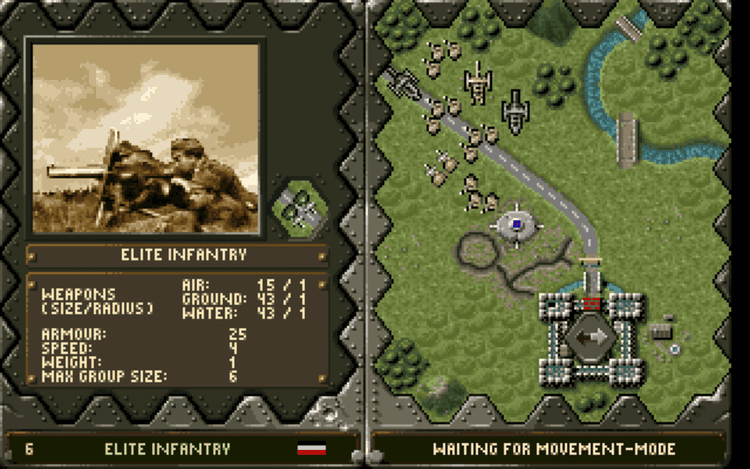
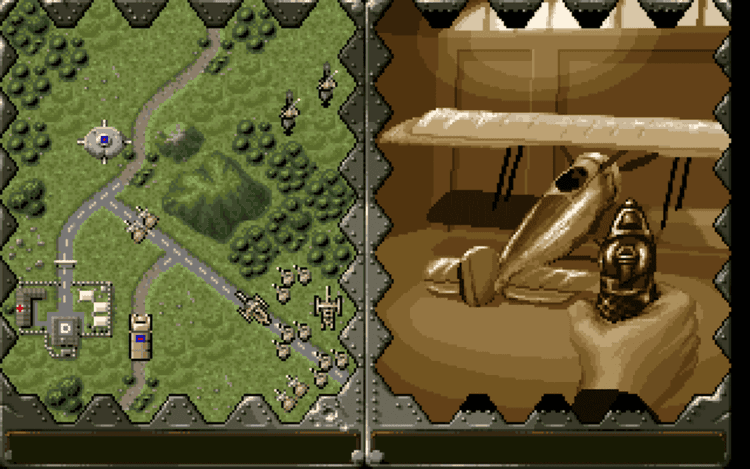
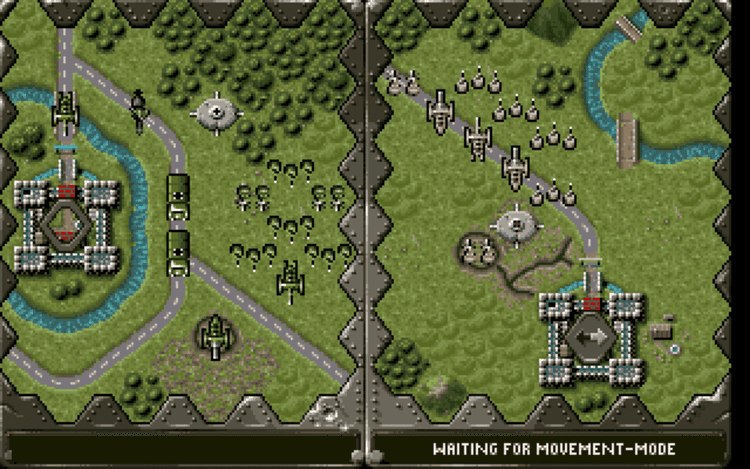
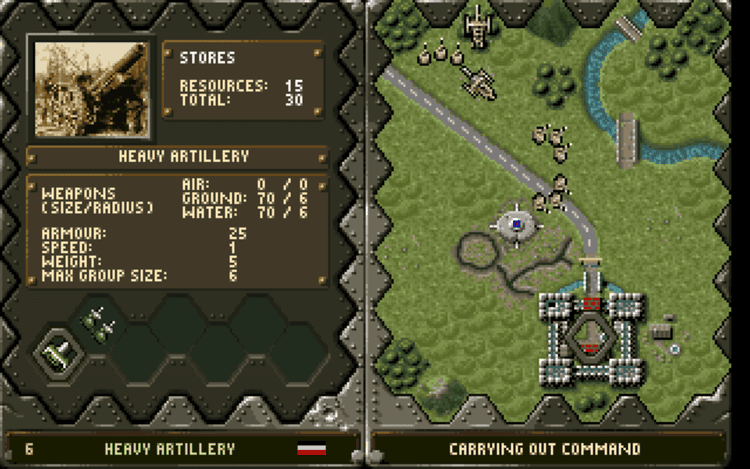
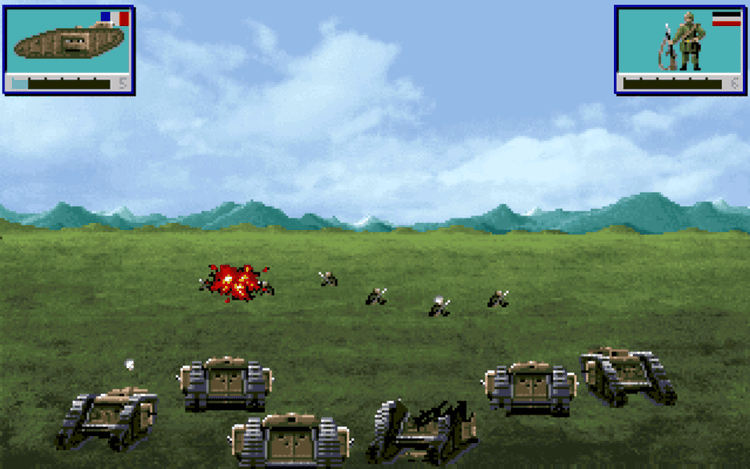
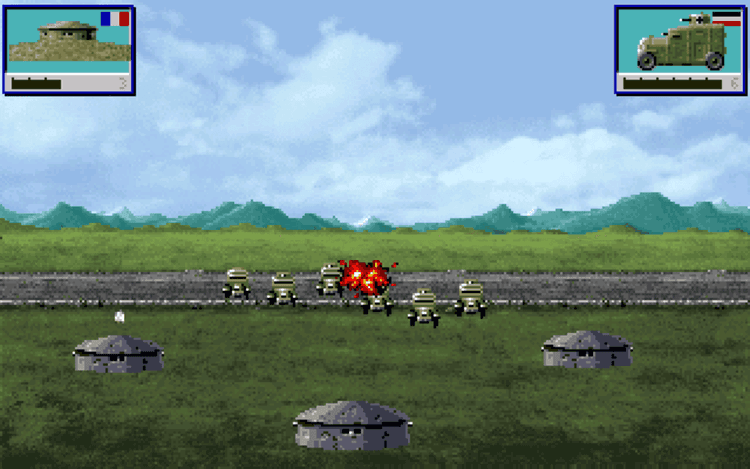
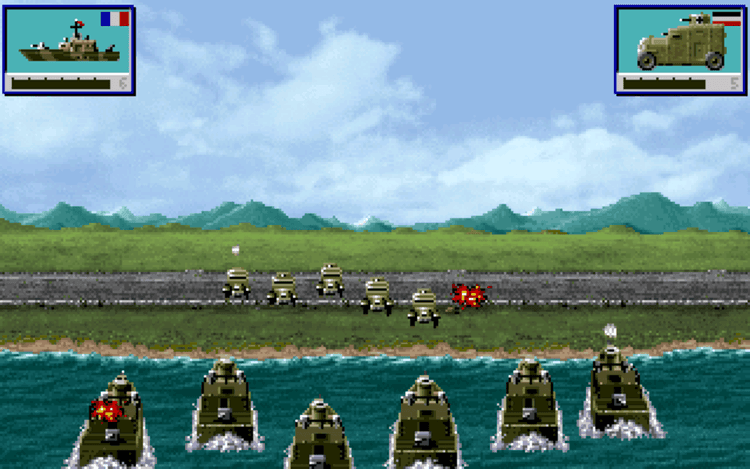
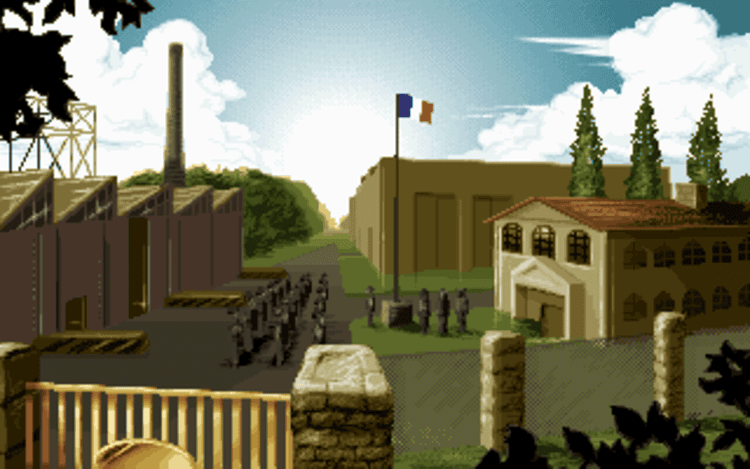
Share game